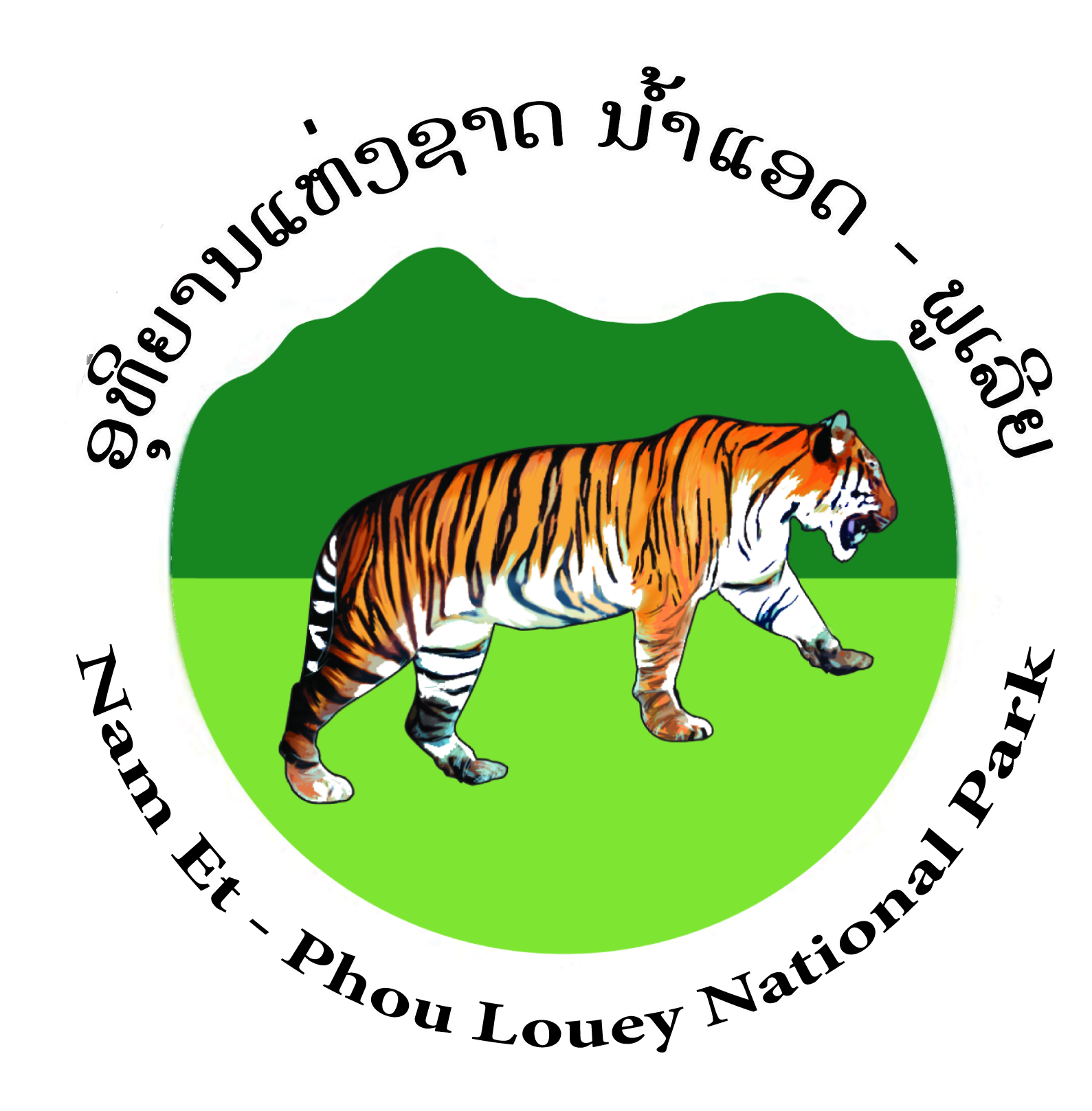
Nam Et-Phou Louey National Park
The Nam Et-Phou Louey National Park is one of the largest and most biodiverse protected areas in Lao PDR.
Model Management in Nam Et-Phou Louey NPA
 Increasing the effectiveness of protected area (PA) management in Laos, as well as elsewhere in Asia, requires the development of specialized fields of expertise through proven models of PA management. Although some expertise, such as in law enforcement, has been relatively well-practiced for some time, recent advances in systematic collation and analyses of spatial and trend data on threats and enforcement effort through a Management Information System (MIST) have expanded the ability of PAs to critically assess and adapt enforcement interventions. At the same time, other fields of PA expertise, such as community outreach, ecotourism that is linked to conservation outcomes, and PA financing contributions through Reducing Emissions from Deforestation and Forest Degradation (REDD) are still in the very early stages of model development. With support from the World Bank and GEF financing, Wildlife Conservation Society (WCS) seeks to build upon the existing protected area management capacity within NEPL, which has heavily invested in developing an effective Enforcement Section (currently at 60 per cent capacity) and a rigorous Biological Monitoring Section, which are focused on effective protection of the NPA’s globally important tiger population as well as systematic monitoring to measure change in tiger and prey populations as a result of management. But there are still only intermittent activities by the Conservation Outreach Section, a nascent Ecotourism Section, and no long-term financing for the NPA. GEF funding will be critical for strengthening key areas of PA management, namely incorporating wildlife research and monitoring results into conservation outreach and land use planning as well as supporting the establishment of financing mechanisms through ecotourism and REDD activities, based upon a “Business Plan for Ecotourism in Nam Et-Phou Louey National Protected Area, Lao PDR” prepared by the Haas School of Business, University of California, Berkeley and WCS’s extensive experience with REDD in protected areas in Cambodia and Madagascar. The development of this robust suite of interventions will provide models for PA management for Laos that stem from WCS field experience in the NEPL NPA, as well as from GEF-supported protected area activities in Bolikhamxay, in developing functioning protected area management bodies supported by cutting-edge financing instruments that have the potential to contribute to the long-term financial sustainability of NPAs.
Increasing the effectiveness of protected area (PA) management in Laos, as well as elsewhere in Asia, requires the development of specialized fields of expertise through proven models of PA management. Although some expertise, such as in law enforcement, has been relatively well-practiced for some time, recent advances in systematic collation and analyses of spatial and trend data on threats and enforcement effort through a Management Information System (MIST) have expanded the ability of PAs to critically assess and adapt enforcement interventions. At the same time, other fields of PA expertise, such as community outreach, ecotourism that is linked to conservation outcomes, and PA financing contributions through Reducing Emissions from Deforestation and Forest Degradation (REDD) are still in the very early stages of model development. With support from the World Bank and GEF financing, Wildlife Conservation Society (WCS) seeks to build upon the existing protected area management capacity within NEPL, which has heavily invested in developing an effective Enforcement Section (currently at 60 per cent capacity) and a rigorous Biological Monitoring Section, which are focused on effective protection of the NPA’s globally important tiger population as well as systematic monitoring to measure change in tiger and prey populations as a result of management. But there are still only intermittent activities by the Conservation Outreach Section, a nascent Ecotourism Section, and no long-term financing for the NPA. GEF funding will be critical for strengthening key areas of PA management, namely incorporating wildlife research and monitoring results into conservation outreach and land use planning as well as supporting the establishment of financing mechanisms through ecotourism and REDD activities, based upon a “Business Plan for Ecotourism in Nam Et-Phou Louey National Protected Area, Lao PDR” prepared by the Haas School of Business, University of California, Berkeley and WCS’s extensive experience with REDD in protected areas in Cambodia and Madagascar. The development of this robust suite of interventions will provide models for PA management for Laos that stem from WCS field experience in the NEPL NPA, as well as from GEF-supported protected area activities in Bolikhamxay, in developing functioning protected area management bodies supported by cutting-edge financing instruments that have the potential to contribute to the long-term financial sustainability of NPAs.







You must be logged in to post a comment.